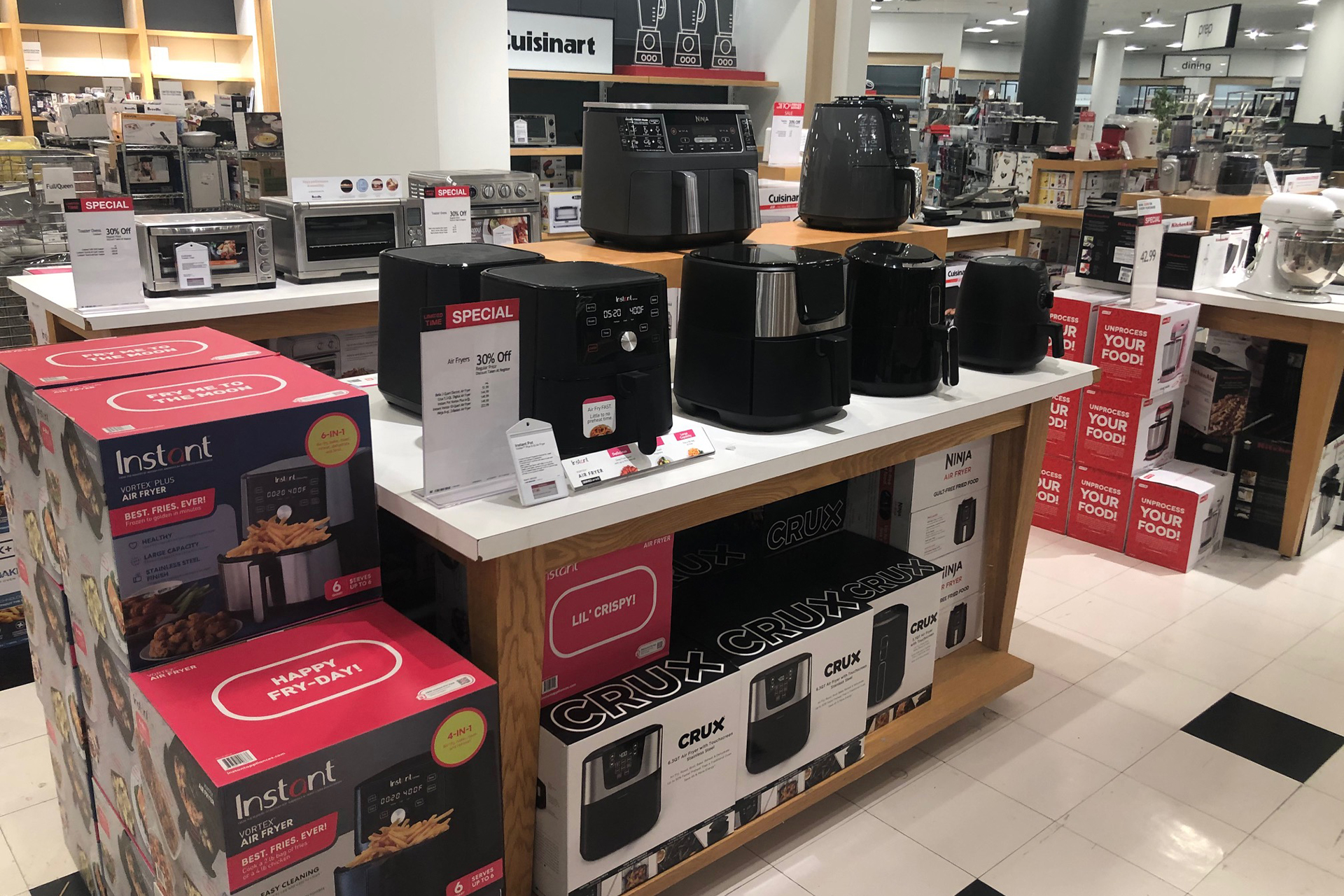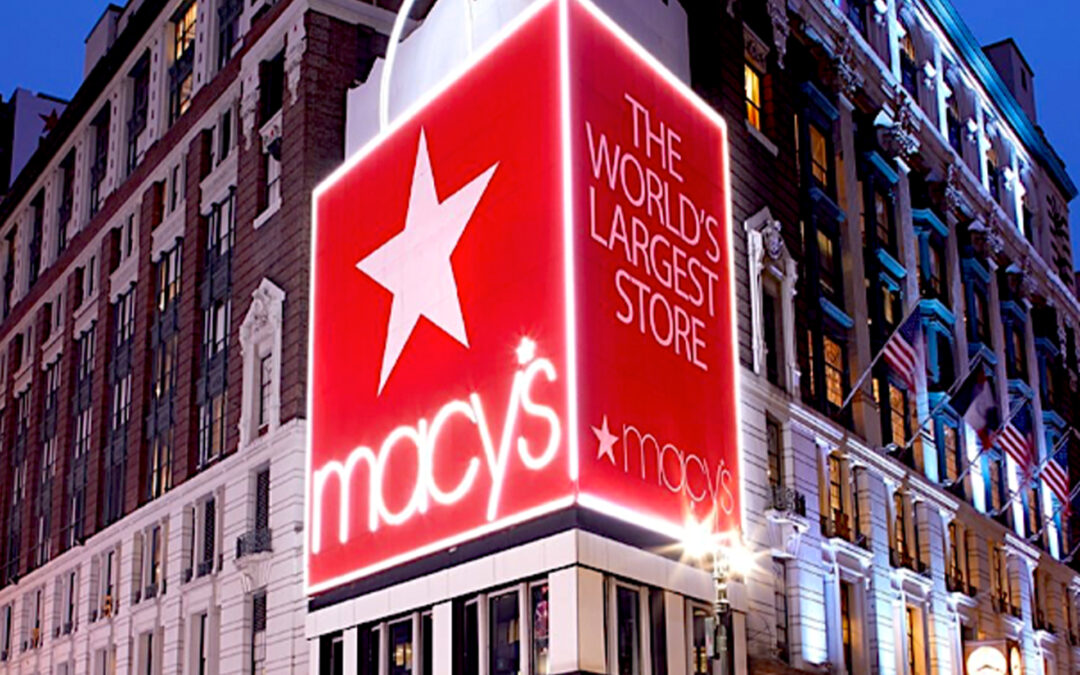The surging results by department stores lately have surprised a lot of observers and delighted retailers in the channel. But can they keep the surge going? The question arises often.
Evidence suggests that, even if the direction retail takes the next couple of years is remains difficult to predict, emerging trends indicate where department stores might be headed.
Although some observers predicted the pandemic might be the beginning of the end for the department store sector, several key players have gotten back to or nearly back to their results of two years ago, when COVID-19 was still a distant threat to the United States.
What Macy’s and other publicly traded department stores such as Kohl’s, Nordstrom and Dillard’s had in common in the third quarter — if you recognize that the distinction between mid-tier and department store retailers has faded away — is that they beat Wall Street expectations, often significantly so and with the single exception of Nordstrom on earnings, their recent ability demonstrates department stores have generated more momentum than a lot of observers, including financial analysts, thought they could so quickly after reopening last year from coronavirus-related shutdowns.
Dennis Cantalupo, CEO at Pulse Ratings, a retail credit rating specialist, said “After the pandemic flipped the traditional department store category upside down in 2020, most of the remaining participants have enjoyed an accelerated sales recovery in 2021 because of government stimulus, pent-up demand, and competitor store closures/liquidations which vacated roughly $7 billion in market share. While the current supply chain disruption has added to freight costs and pushed store inventories lower than historical levels, an unforeseen benefit of the lean inventory levels has been strengthened merchandise margins.
– Dennis Cantalupo, CEO at Pulse Ratings
Still, Cantalupo said, questions remain.
– Mark Neckes, Johnson & Wales University
However, Everton said, the value of those two factors is more evident in what younger people identify as their top go-to retailers, including Walmart, Amazon, Costco and Target, that promise sharp prices and generally operate in neighborhoods rather than as part of retail destinations. Still, product is a major factor in determining where to shop, and department stores stock a more fashionable range of goods than mass merchants. They’ve developed off-price operations such as Nordstrom Rack and Macy’s Backstage.
Everton said the fact department store off-price operations have had sometimes mixed results, with Rack stores lately down and Backstage up, reflects a recognition among young consumers that such outlets don’t always carry department store quality goods. In that case, department store companies undermine their own product advantage, she said.
– Martha Everton, Principal, Corporate Director and Advisor, The AIMsights Group
Once department stores offered unique, aspirational merchandise that middle-class consumers with the middle-class sought out, observers said. But over time many surrendered their uniqueness as mass-market retailers developed product, merchandising and pricing strategies that made them competitive enough to pull middle-class consumers away from department stores. Still, department stores can put on a show, something evident particularly around the holidays when interest in window displays and a certain New York parade brings the sector back to consumer attention. Showmanship could be an advantage to department stores going forward to the extent that they can master Tik Tok, livestreams and social media retailing, and some evidence exists for them doing so.
Macy’s
Macy’s, leveraging national exposure of its Thanksgiving Day Parade, developed Santaland at Home, an all-new immersive digital experience. It features a virtual visit to Santa’s Workshop, and as a finale, visitors meet Santa through an interactive video where they will be able to share holiday wish lists and create a special Santa selfie families can download. Macy’s even has developed NFT blockchain-registered digital art associated with the Thanksgiving Day Parade in New York, which it began auctioning off on November 19 to benefit the Make-A-Wish Foundation.
In a third-quarter conference call, Jeff Gennette, Macy’s CEO, said, “We are making a significant investment to launch a curated digital marketplace platform to enhance the existing Macy’s, Inc. business, fuel customer acquisition and drive growth across all of our channels. We will partner with the enterprise marketplace technology company, Miracle, to build the platform. Through this new digital marketplace platform, which we’ll launch in the second half of 2022, we will connect carefully selected third-party sellers with our customers in a scalable way and provide an even greater breadth of an assortment of exciting products and deliver on our promise of style and curation. Our digital business is on track to generate $10 billion in sales by 2023 and that figure does not include the incremental revenue we expect this new marketplace platform to generate for Macy’s, Inc.”
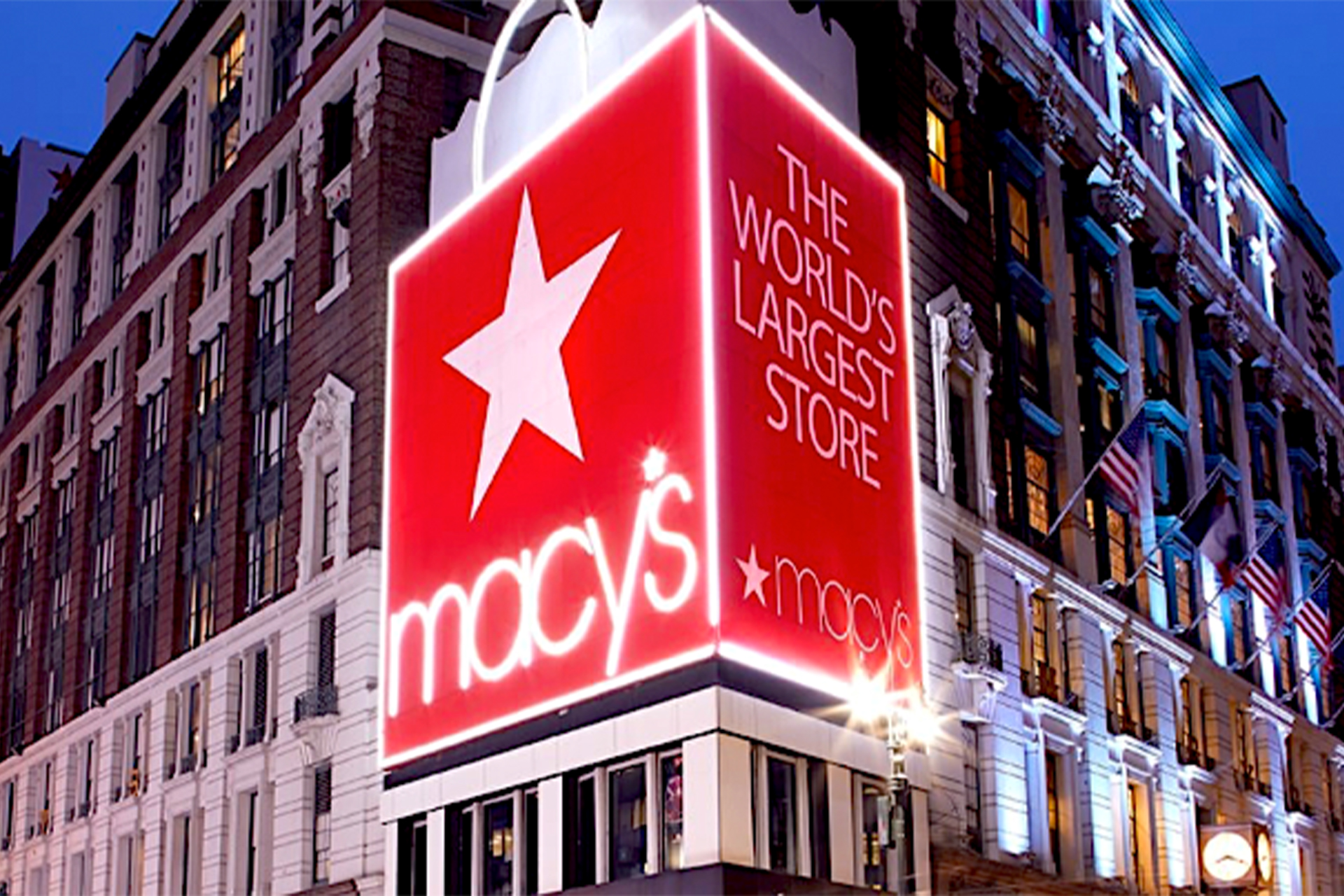
Macy’s has expanded its online business during the pandemic, where it promoted new in-store and curbside pickup services. The company continues to evaluate its approach, having reviewed the value of dark stores and reevaluating its decision to close all the 125 locations it targeted as part of its Polaris turn-around strategy. As it began store closures, Macy’s discovered that markets with a physical store presence generate better digital sales than those without one.
In a recent report, PulseRatings looked at Macy’s hiring of AlixPartners to evaluate separating the digital business after pressure from activist investors. In the report, Cantalupo noted that such a spin-off might not be the best long-term strategy as Macy’s has been benefiting from the interplay between its virtual and physical assets. If the business has significant value, Macy’s should unlock the value itself, he wrote. The report emphasized that Macy’s online sales advanced 19% versus the 2020 third quarter and 49% versus the 2019 period, with a penetration of 33%, down 500 basis points from the year-past third quarter but up 1,000 basis points from the 2019 period.
Beyond digital, Gennette said, the Backstage departments added to its department stores have been generating sales up 24 percentage points compared to their host facilities. He added that Backstage customers, meant to attract consumers from outside its typical core, are more ethnically diverse than those shopping at Macy’s full-line stores.
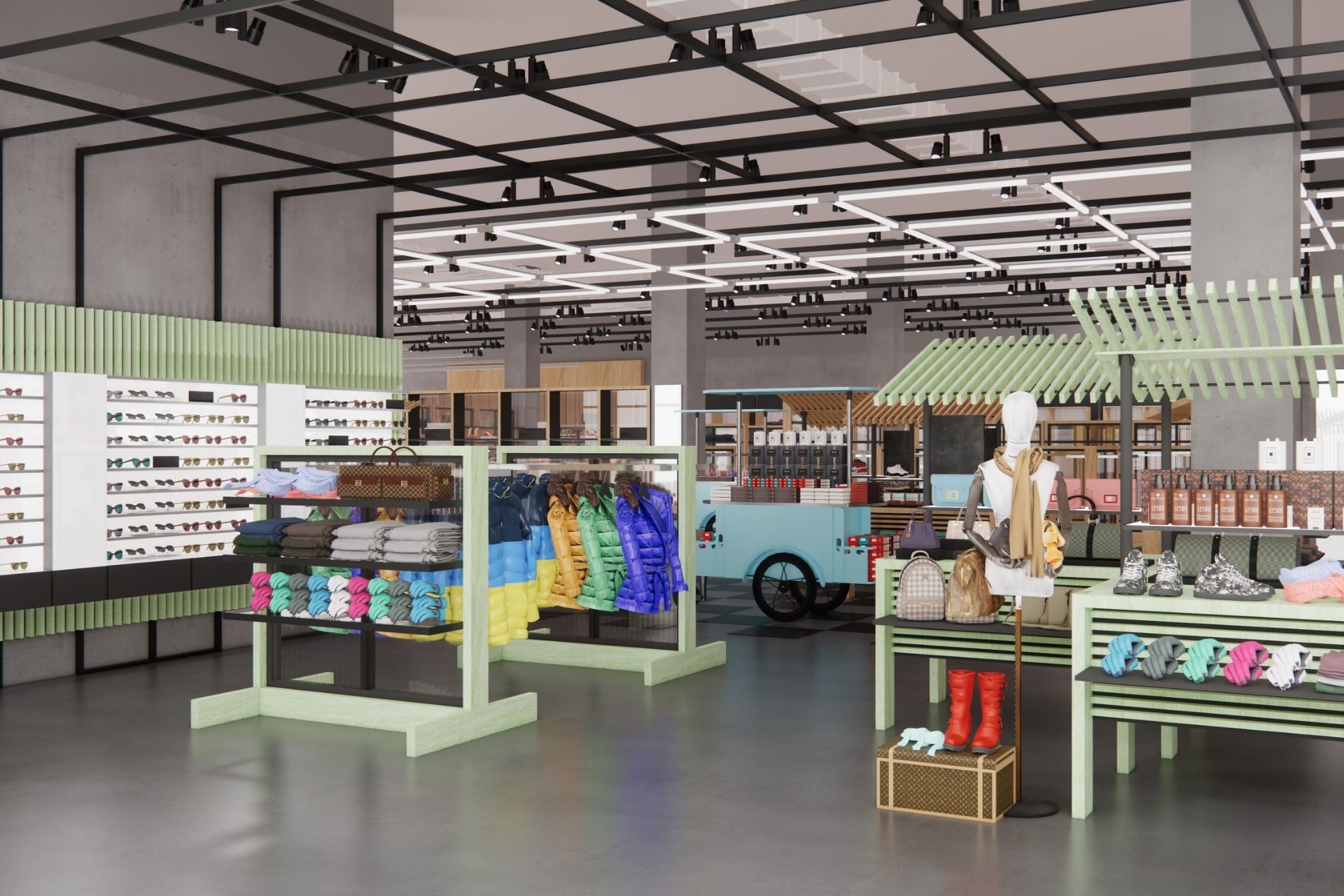
In addition, Macy’s has developed a small-store concept for its Bloomingdale’s nameplate dubbed Bloomies. Macy’s also has been looking to integrate outside store concepts with its own operations including the novel start-up Story and well-established Toys ‘R’ Us, which it is expanding in-store and online based on strong consumer response.
Kohl’s
Kohl’s decision to become a return destination for Amazon constituted a move to bring shoppers who rarely or ever visited its stores. A test with Aldi to shift some square footage as Kohl’s moved to optimize sales space also provided the potential benefit of bringing regular grocery shoppers past its stores. Perhaps most importantly, Kohl’s struck a deal with Sephora, which once had been a winning partner for JCPenney.
Kohl’s net income was $243 million, or $1.65 per diluted share, in the 2021 third quarter. The company posted a net loss of $12 million, or eight cents per diluted share, in the year-past period, which, unlike the most recent quarter, came with an adjusted net income of $2 million, or one cent per diluted share. Total revenue advanced to $4.6 billion from $3.98 billion in the 2020 quarter. In the 2019 third quarter, net income was $123 million, or 78 cents per diluted share, and, adjusted, $116 million, or 74 cents per diluted share, while total revenue was $4.63 billion.
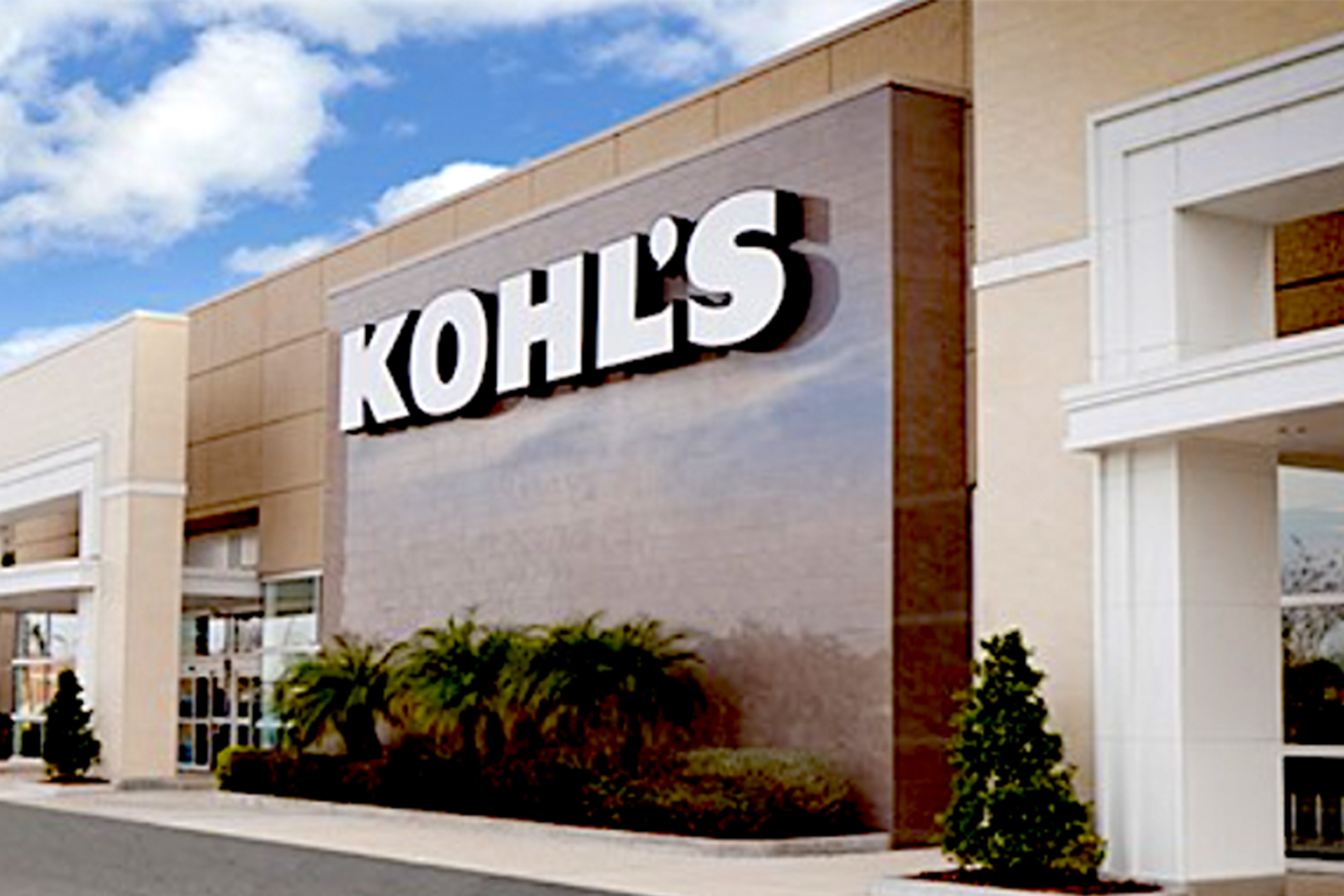
Michelle Gass, Kohl’s CEO, said in a conference call that Sephora shops already operating in Kohl’s are also providing the retailer credibility as a more modern, upscale and youthful retailer. Sephora shops are important to the beauty category’s future at Kohl’s, but their influences in the 200 Kohl’s stores where they operate are several. More than a quarter of Sephora shoppers are new to Kohl’s, she said, and they’re younger and more diverse than the core customer. Not only that, but Sephora customers are signing up for Kohl’s loyalty programs, which is critical to the company’s strategy, and they are cross-store shopping with about half purchasing from at least one category outside beauty per shopping trip. Demonstrating the strength Sephora is providing stores where it is operating, Kohl’s is merchandising newly arrived non-beauty product collections adjacent to its Sephora operations.
Sephora also has the potential to drive digital and omnichannel sales as Kohl’s adds additional shops and, so, raises the banner’s profile. Plans call for 400 Kohl’s stores to add Sephora operations beginning in late spring 2022 and 250 more in 2023. In reporting third-quarter results, Kohl’s said its store sales gained in the double digits as consumers returned to physical retailing, but online sales still gained 6% versus the year-earlier quarter and 33% on a two-year basis to reach 29% of total sales.
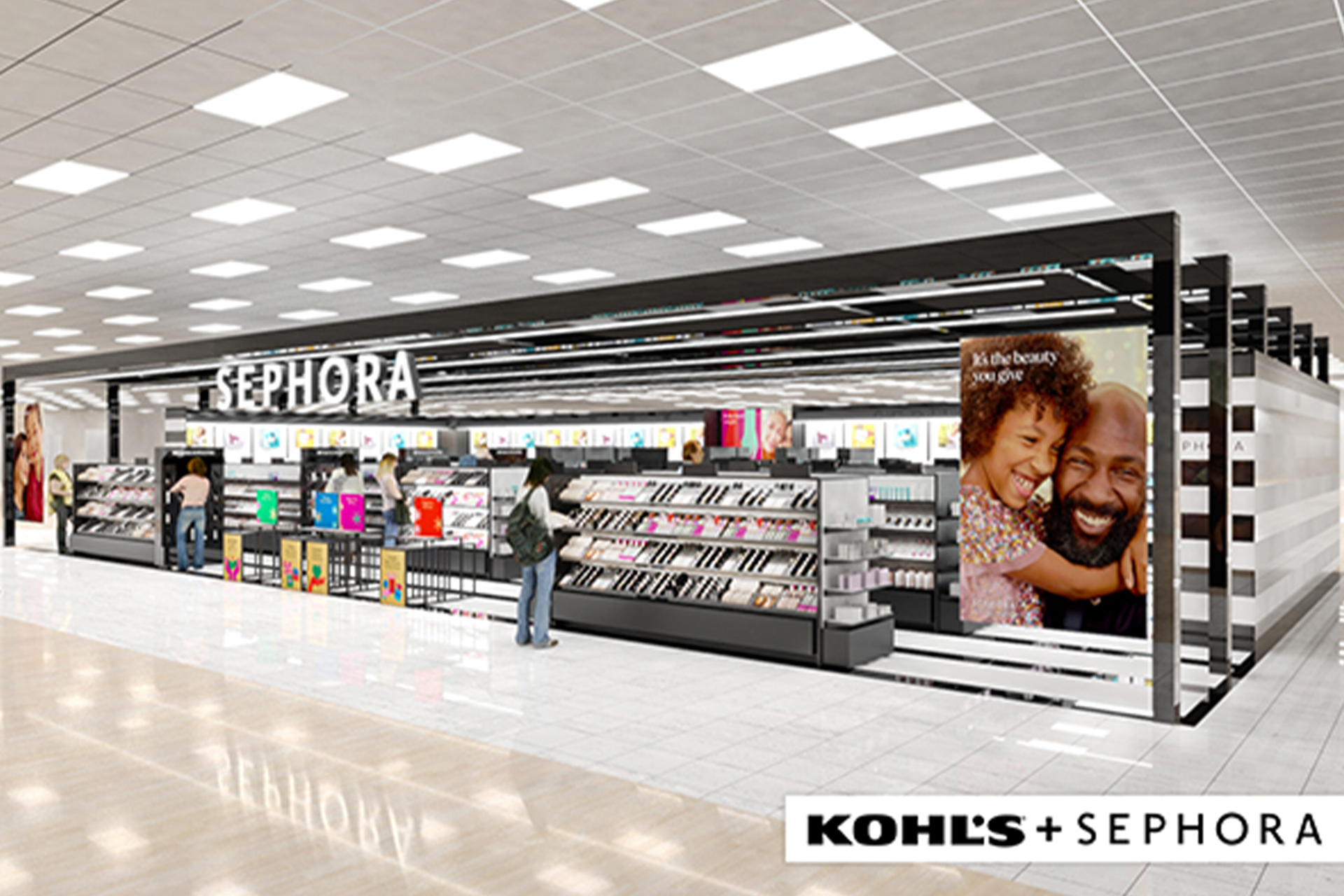
Nordstrom
Nordstrom net earnings in the third quarter were $64 million, or 39 cents per diluted share, versus net earnings of $53 million, or 34 cents per diluted share, in the year-before period. Net earnings in the 2020 quarter included a $19 million tax benefit associated with the CARES Act. Net sales were $3.53 billion and net revenues were $3.64 billion versus $3 billion and $3.09 billion, respectively, in the year-earlier quarter.
Nordstrom banner net sales increased 3% versus the 2019 third quarter, the company stated, which included a 300 basis point positive impact from a shift in the company’s Anniversary Sale date. Net sales for Nordstrom Rack decreased 8% versus the 2019 third quarter. Digital sales decreased 12% versus the 2020 period when the Anniversary Sale temporarily shifted to the third quarter of that year and increased 20% versus the 2020 period.
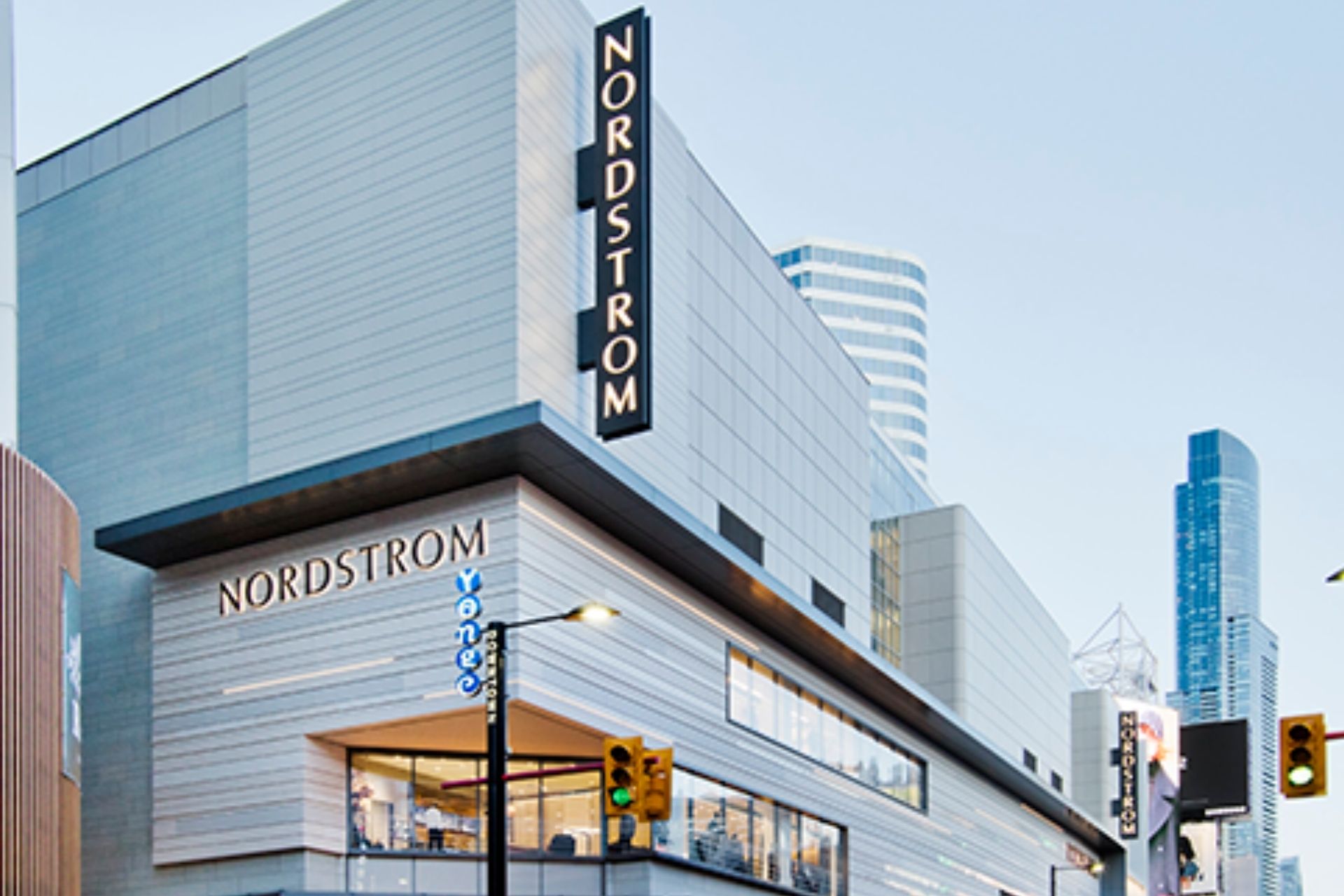
Nordstrom investment in digital comes hand in hand with growth in merchandise, including home, that it hasn’t emphasized in the past. Pete Nordstrom, the retailer’s president and chief brand officer, said in the conference call that home-oriented product sales were up 95% in the third quarter versus the 2019 period.
“This partnership demonstrates our ability to increase choice count quickly and at scale,” Pete Nordstrom said.
The company also is taking a pilot program with youth-oriented, British-based fashion brand ASOS to roll out with the goal of better meeting the needs of shoppers in their 20s. Nordstrom will be the only physical retailer worldwide to carry the brand, he said.
Cantalupo described Rack as a “concern” that Nordstrom is trying to address even as it updates the market strategy to increase customer engagement, drive share gains and optimize inventory efficiencies. As such, Nordstrom is broadening its merchandise mix as the company tries to catch up to peers that have recently exceeded its pace, such as Macy’s and Dillard’s.
Dillard’s
Dillard’s third-quarter retail sales were $1.46 billion versus $994.6 million in the 2020 period while 2019 total retail sales were $1.33 billion. The company posted net income of $197.3 million, or $9.81 per share, versus $31.9 million, or $1.43 per share, in the 2020 period. Net income in the 2019 quarter was $5.5 million, or 22 cents per share. Comparable store sales in the 2021 third quarter were up 48% versus the period in 2020 and 12% versus the period in 2019.
Neckes said Dillard’s has maintained a clear vision of what it thinks a department store should be. Dillard’s, despite its ups and downs, has consistently invested in the department store sector, Neckes said. The company also has maintained its upmarket, fashion-forward orientation, he added, demonstrating that a customer for the traditional department store continues to exist in the United States, even if that customer may be a bit more regional and southern-tier on average.

Pent-up demand, stimulus money and the need to tighten down on costs had something to do with that. Yet, circumstances suggest that, when people have extra money to spend, they still like to spend some of it in department stores. That’s not to suggest that the sector should remain static. But it does suggest that a proportion of consumers want to engage with department stores. So, if department stores take advantage of circumstances and opportunities to build on their strengths, they could enjoy a comeback.
In September, Dillard’s launched Nicola Bathie for Antonio Melani, a new limited-edition capsule collection. The company developed the product line in collaboration with jewelry designer and lifestyle influencer Bathie to reflect her love of ethereal femininity expressed in elegant florals and delicate embellishments, as Dillard’s put it. The collection was the last of three the company planned with influencers for 2021 release, the retailer stated, a sign Dillard’s is aware times change even if its response is incremental.

